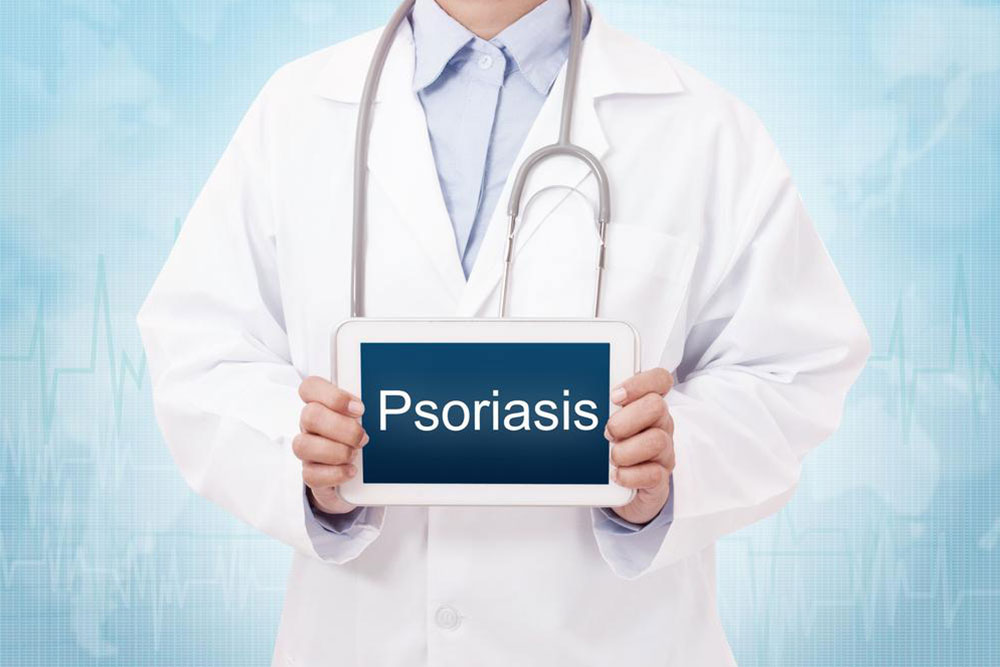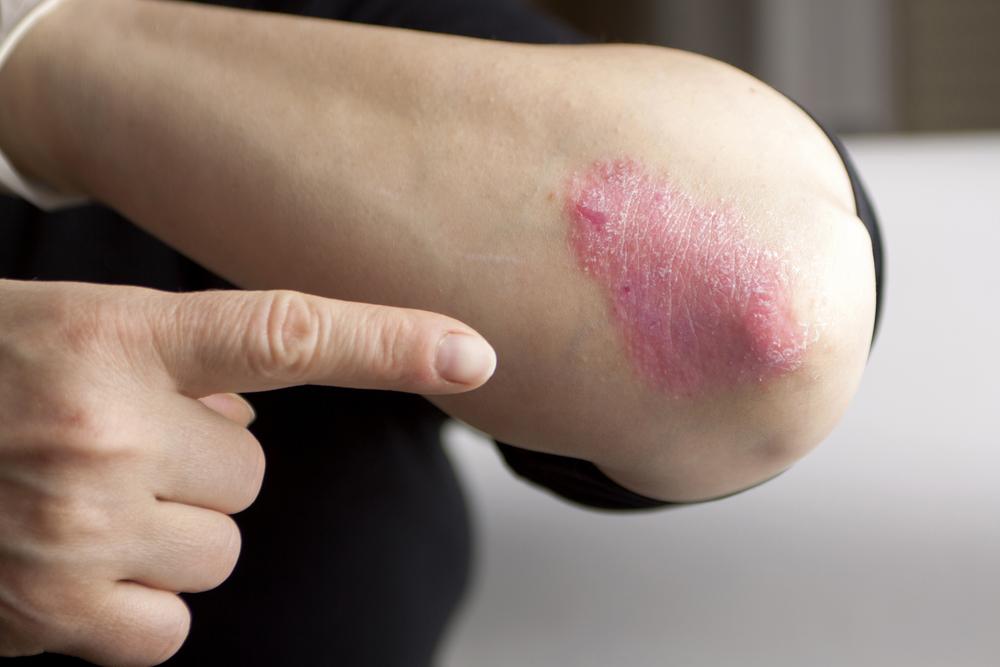Key Insights When Selecting a Treatment for Plaque Psoriasis
Discover essential insights into plaque psoriasis, including risk factors, symptoms, and treatment options. Early diagnosis and management can effectively control this autoimmune skin condition, reducing complications and improving quality of life. Learn how lifestyle adjustments, topical treatments, phototherapy, and systemic medications can help manage symptoms. Understanding the risks and treatment strategies is key to controlling plaque psoriasis effectively.

Understanding Critical Aspects Before Opting for Plaque Psoriasis Therapy
For those unfamiliar, plaque psoriasis is an autoimmune condition characterized by raised, scaly skin patches that can appear on various parts of the body. Typically, areas such as the elbows, knees, and scalp are most affected. The good news is that with appropriate treatment, managing the disease is possible. Recognizing the signs, underlying causes, and potential complications, along with early diagnosis, is essential in choosing the right treatment plan.
What factors contribute to plaque psoriasis risk?
While genetic mutations predispose individuals to plaque psoriasis, not everyone with these mutations develops the condition.
Environmental factors often act as triggers for the disease.
If close family members have psoriasis, your risk increases significantly.
Smoking not only raises the likelihood but also worsens symptoms.
Other triggers include stress, obesity, and persistent infections from viruses or bacteria.
Potential health risks associated with plaque psoriasis
Prompt treatment is crucial to prevent serious health issues.
Severe joint damage, known as psoriatic arthritis, can develop if untreated.
Eye conditions like conjunctivitis and blepharitis are common among patients.
An increased risk of Parkinson’s disease is observed in some individuals.
Additional complications include type 2 diabetes, obesity, hypertension, kidney issues, and cardiovascular problems.
Diagnosing plaque psoriasis
Signs such as raised skin patches with specific locations—elbows, scalp, knees—help dermatologists identify the condition.
Involvement of nails, where thickening occurs, further aids diagnosis.
In rare cases, a skin biopsy may be performed to confirm the diagnosis.
Effective management options for plaque psoriasis
Treatment varies with disease severity. Mild cases often improve with lifestyle adjustments and avoidance of triggers.
Topical treatments may be recommended for fewer plaques, reducing inflammation and slowing skin cell growth.
Phototherapy using UV light, either via sunlight or in a clinical setting, can help control symptoms—just ensure proper sun protection to prevent skin damage.
For moderate to severe cases, systemic medications—oral, injectable, or infused—are prescribed to address widespread symptoms.
Although plaque psoriasis is non-contagious, there is no cure. The goal is to minimize flare-ups and effectively manage symptoms to improve quality of life.










